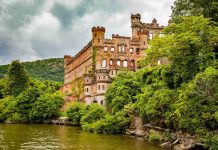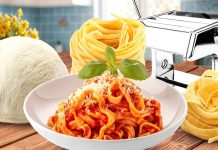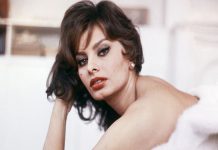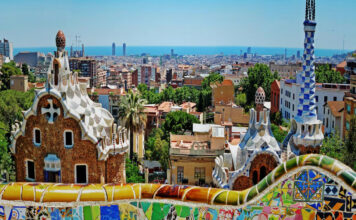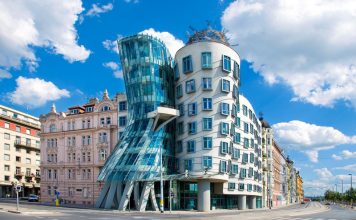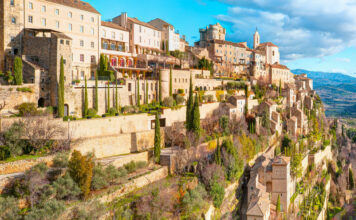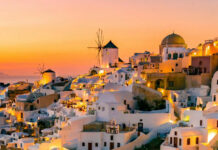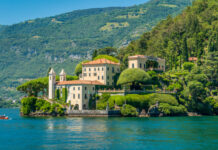Leonardo da Vinci (1452-1519)
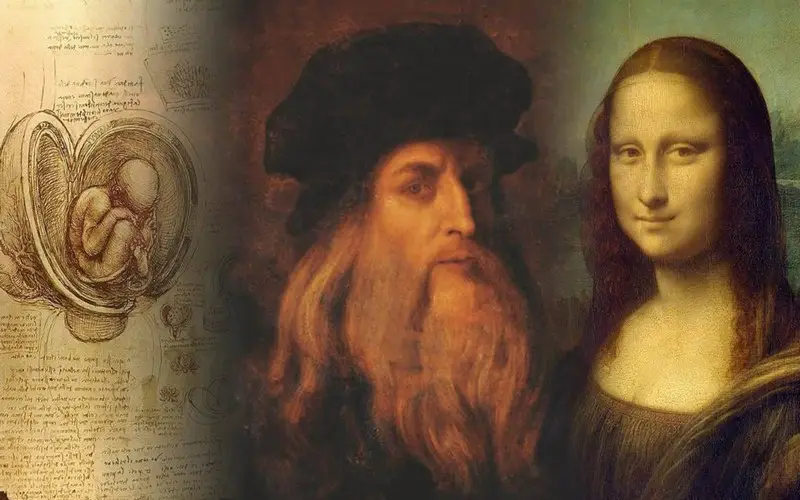
Often hailed as the quintessential Renaissance polymath, Leonardo da Vinci’s artistic prowess extended far beyond painting. His iconic works, such as the enigmatic “Mona Lisa” and the ethereal “The Last Supper,” showcase his unparalleled skill in capturing human emotion, depth, and perspective. Da Vinci’s relentless curiosity about science, anatomy, and nature permeated his art, making him a paragon of artistic innovation and intellectual curiosity.
Michelangelo Buonarroti (1475-1564)
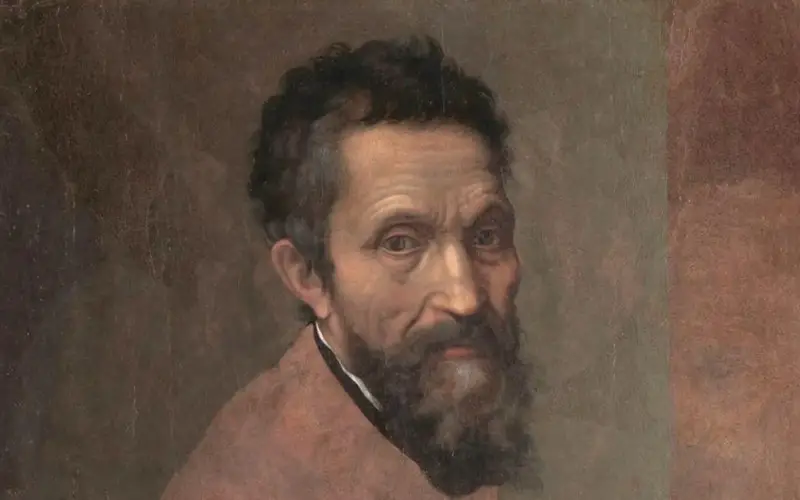
Michelangelo, renowned for his sculpting prowess, also left an indelible mark on the world of painting. His frescoes on the Sistine Chapel ceiling, depicting scenes from Genesis and the Last Judgment, stand as monumental achievements in artistic expression. The muscularity of his figures, the mastery of anatomy, and the grandeur of his compositions solidify Michelangelo’s status as an artistic genius of the Renaissance.
Raphael (1483-1520)
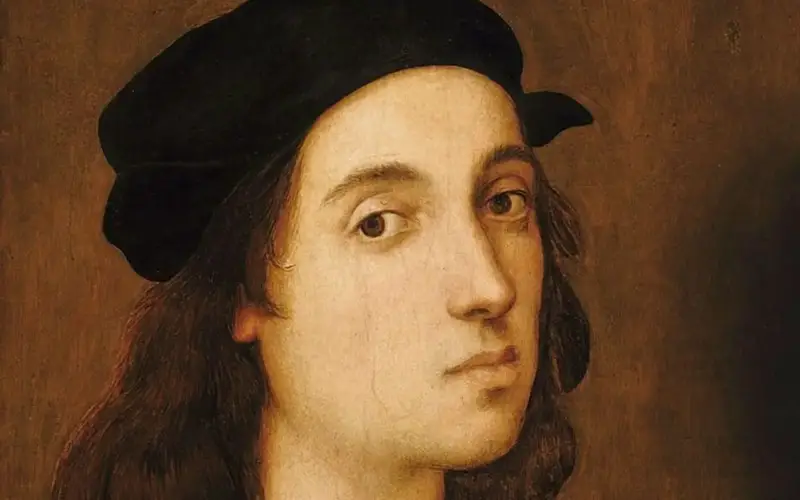
Raphael’s artistry embodies harmony, grace, and beauty. His paintings, including the sublime “School of Athens” within the Vatican’s Stanza della Segnatura and the tender “Madonnas,” epitomize the idealized forms and serene compositions characteristic of High Renaissance art. Raphael’s untimely death at a young age left an immeasurable void in the art world, yet his legacy endures as a paragon of classical beauty and composition.
Titian (c. 1488-1576)
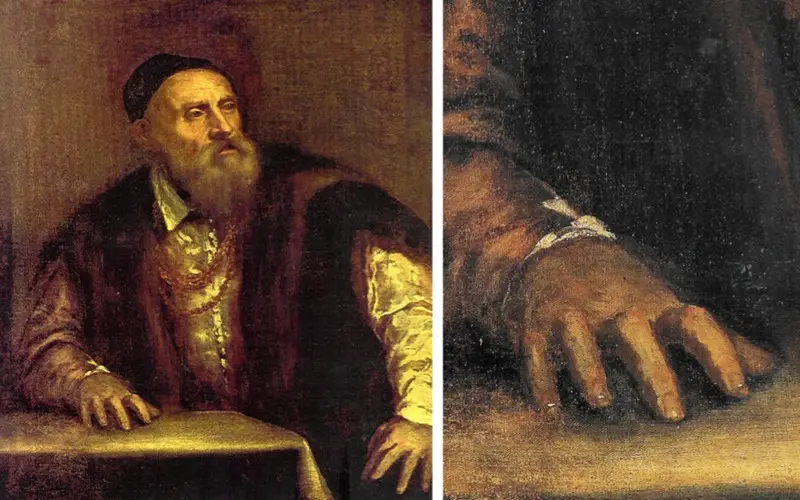
Titian, a prominent Venetian painter, revolutionized the use of color and brushwork in Renaissance art. His mastery of rich, vibrant hues and skillful handling of paint brought his portraits and mythological scenes to life. Works like “Bacchus and Ariadne” and “Assumption of the Virgin” showcase Titian’s ability to capture emotion and movement with unparalleled luminosity.
Sandro Botticelli (c. 1445-1510)

Botticelli’s artistry is synonymous with grace and ethereal beauty. His iconic works, such as “The Birth of Venus” and “Primavera,” exude a poetic quality with their delicate figures and mythological themes. Botticelli’s use of flowing lines and dreamlike atmospheres has solidified his place as one of the foremost painters of the Early Renaissance.
Caravaggio (1571-1610)
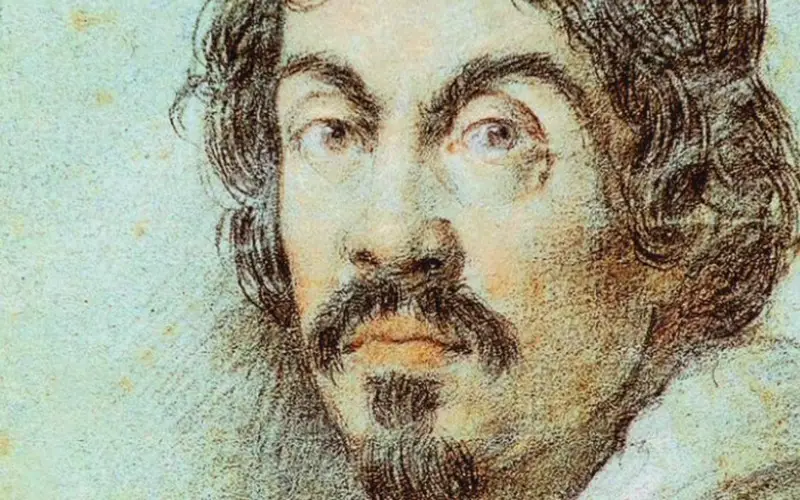
Caravaggio’s revolutionary approach to light and shadow, known as chiaroscuro, transformed the art world. His dramatic compositions and intense realism brought a newfound intensity to religious and genre paintings. Works like “The Calling of Saint Matthew” and “The Supper at Emmaus” exemplify Caravaggio’s mastery of capturing raw emotion and theatricality.
Giotto di Bondone (c. 1267-1337)
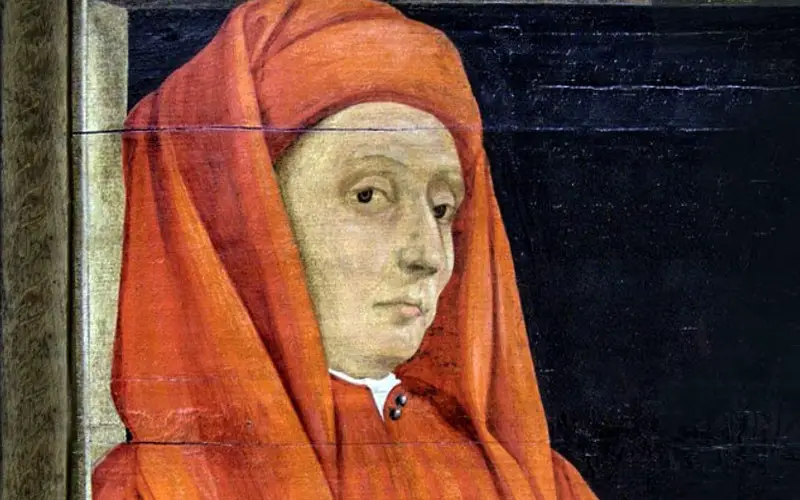
Often considered a precursor to the Renaissance, Giotto’s contributions were pivotal in transitioning from the medieval to the Renaissance style. His frescoes in the Scrovegni Chapel in Padua, notably the “Lamentation of Christ,” displayed a departure from the flat, stylized figures of the medieval period, introducing a more naturalistic approach to art.

